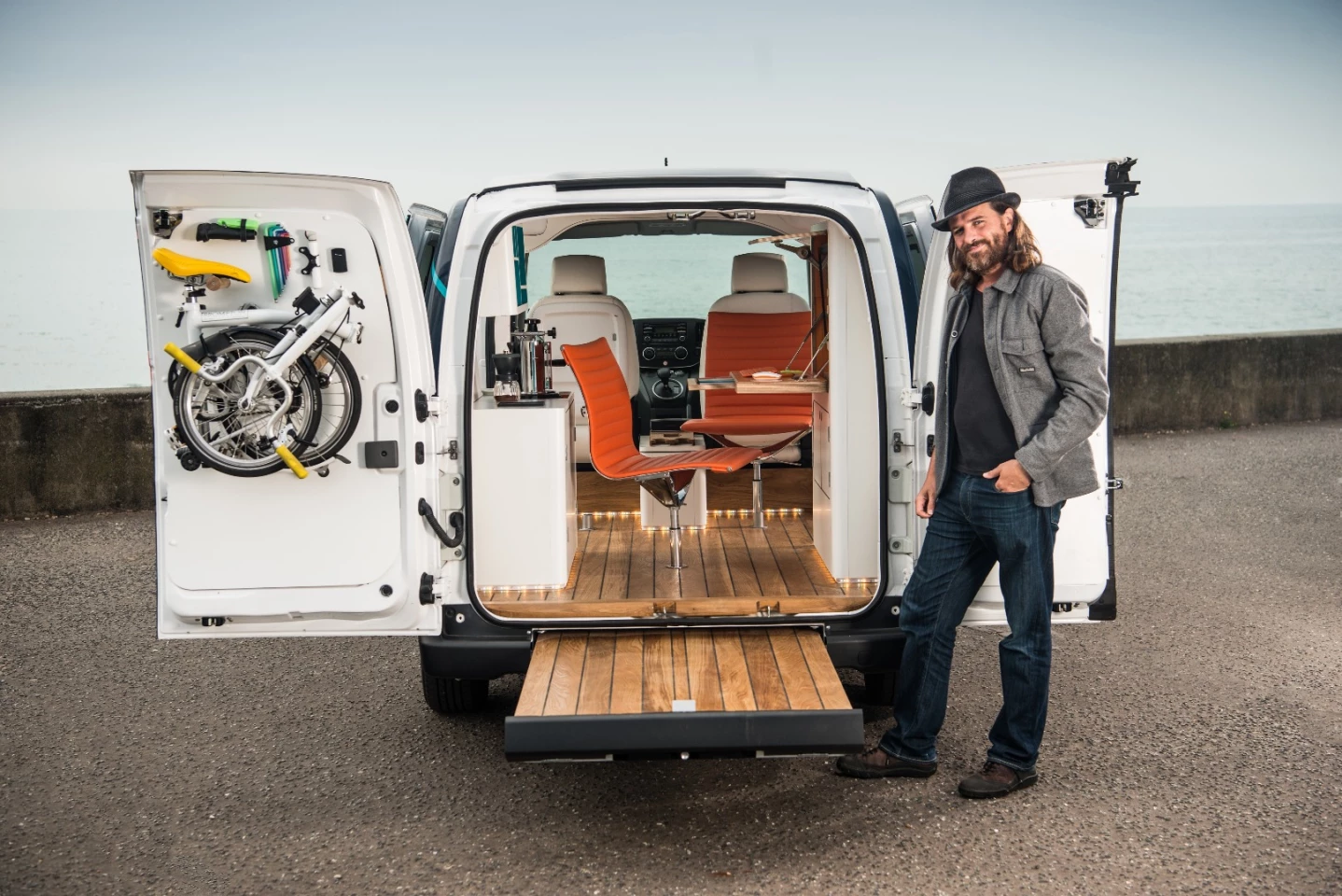The Process of Leasing a Vehicle
Tags: Car Maintenance, process of leasing a vehicle

Leasing a vehicle offers several advantages over purchasing one. Among the most obvious are lower monthly payments and the ability to drive a new car every few years.
Some lease terms require the lessee to keep a low mileage limit, which could affect the vehicle’s resale value. The dealer may also charge extra for excessive wear and tear.
Getting Started
The process of leasing a vehicle is much like renting an apartment, except it lasts for a contract period rather than an indefinite amount of time. Carmakers and dealerships often offer sweet lease deals, which can be more favorable than financing a purchase.
There are a few things to keep in mind before you start the leasing process, such as the mileage limits and possible penalties for exceeding them. Those are usually outlined in the lease agreement.
You’ll also want to evaluate your finances and decide whether leasing or buying is best for you. Leasing involves lower monthly payments, but you’ll pay a larger sum at the end of the term. You’ll need fairly good credit to qualify for a lease, and the better your credit is, the more wiggle room you may have during negotiations.
Finding the Right Car
While leasing can offer an attractive alternative to purchasing a vehicle, it is important to understand the terms and conditions. For example, the lease may stipulate that you are responsible for any damage beyond “normal wear and tear” or it may include a mileage limit with a per-mile charge for exceeding it.
If you have your eye on a particular car, compare its buyout price with other offers in your area to ensure that the vehicle is affordable. If you plan to drive it a lot, consider the mileage penalty, as well as the cost of maintenance. Once you have narrowed your options, make a deal with the dealer. Be sure to have a copy of your driver’s license to present when you sign the contract.
Getting Approved
Getting approved to lease a vehicle requires you to fill out a credit application, give permission for a credit check and agree to the car-lease terms. Some leasing companies require you to make a refundable security deposit.
You also have to choose a mileage limit. If you go over the limit, you’ll have to pay a fee when you turn the vehicle in.
Leasing vehicles has many pros, including lower monthly payments than a long-term car loan. You can find great deals on leases if you shop around. Make sure you understand the nuances of a lease, like how the residual value determines your monthly payment. The dealer may include a low residual value to increase your monthly payment and shift depreciation costs onto you.
Making the Payments
Leasing a vehicle often makes sense for those who prefer the new car smell and want to keep up with the latest advances in automotive technology. It also simplifies writing off the vehicle as a business expense. When the lease ends, you can either buy the car at a predetermined purchase price or return it.
When negotiating your lease, you should carefully read the fine print and ask questions. Look for the amount due at signing, a breakdown of any fees and credits and the residual or future value of the vehicle used to calculate depreciation and your monthly payment. Be aware of mileage limits and know that the lessor will charge a penalty for any miles driven over the limit. You can avoid this by asking for a higher mileage limit.
Taking Delivery
Leasing offers the ability to drive a new car every few years without the risk of losing value. However, businesses need to consider the limitations on usage and mileage outlined in the lease agreement, as exceeding them can result in extra fees.
It’s important to take the time to carefully negotiate the lease terms, including the leasing company’s allowance for wear and tear and whether it offers the option to purchase the vehicle at lease-end. It’s also a good idea to check your business insurance coverage as it often requires higher levels of protection for vehicles leased than those that are owned.
Once you’ve finalized the lease agreement, you can expect the vehicle to be delivered to your driveway. This typically takes around five working days, depending on the time of year.








